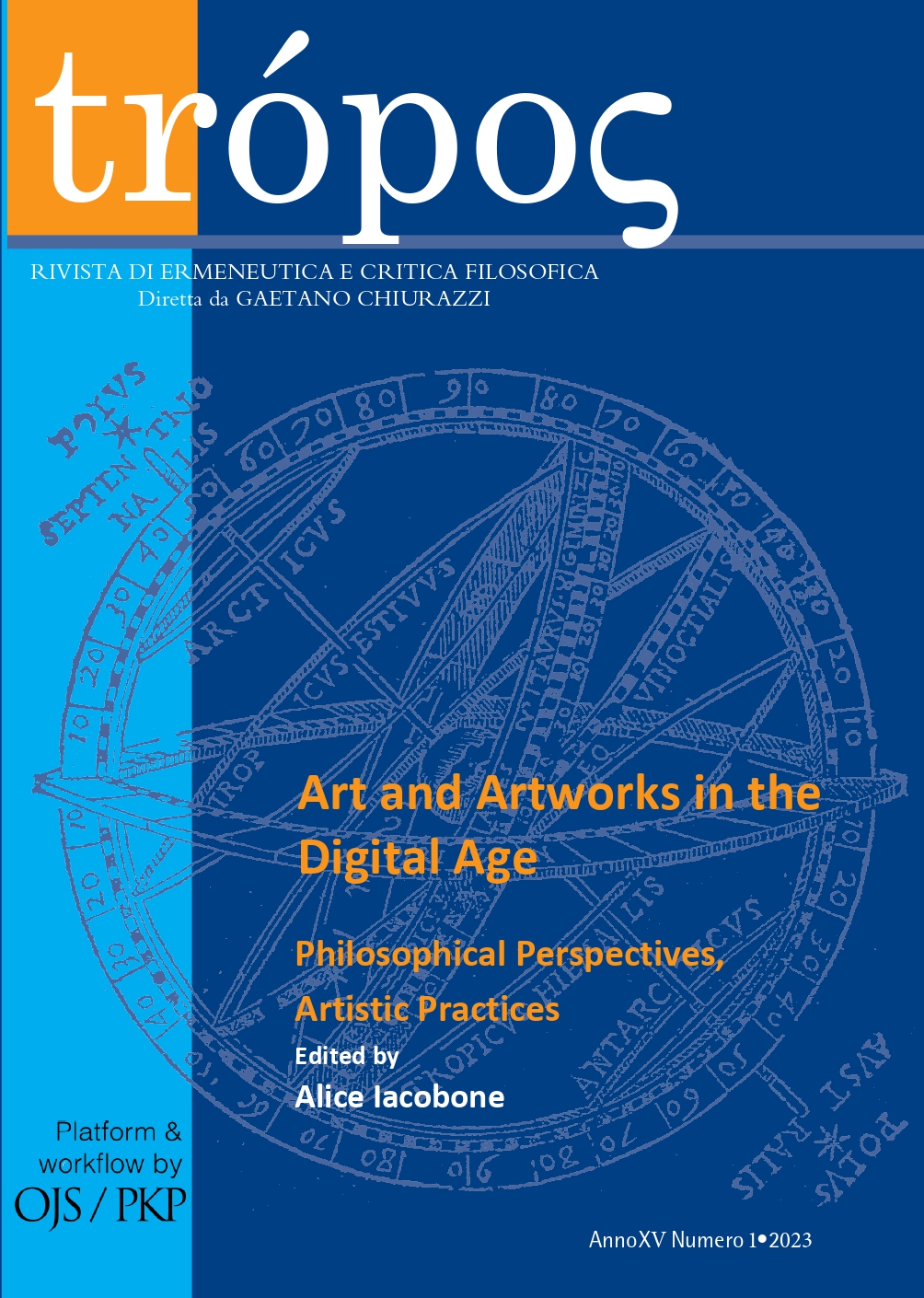Processus de forme.
Esthétique et graphisme informatique dans les années 1960
DOI:
https://doi.org/10.13135/2036-542X/9038Parole chiave:
Gird, Computer Graphics, Vera Molnar, Georg Nees, Information AestheticsAbstract
The Hungarian artist Vera Molnar, living in Paris, is considered a pioneer in computer art. At first glance, her plotter drawings from the 1960s and 1970s seem to stand out as chaotic images, but upon closer inspection they let some structures appear. The series make visible the transformations resulting from her algorithmic instructions combined with a random generator, producing multiple configurations. The interest was to push the study of forms to disorder and discover structures within it. The computer images rising at the time were investigated by Georg Nees in his doctoral dissertation, supervised by philosopher Max Bense. The paper brings together Molnar’s early works and Nees’s information aesthetics, which analyzes the metric, statistical, and topological structures of computer images, in order to discuss their implications for philosophical aesthetics in relation to the complexity of computer graphics as openness to form processes.



